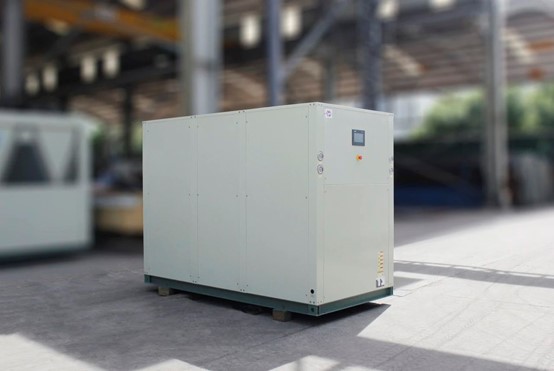Heat pump units are essential in modern energy utilization, but heat pump units with cold recovery capabilities represent an innovative leap forward. This technology optimizes energy efficiency and sustainability in ways traditional heat pumps cannot match.

How Do Traditional Heat Pumps Work?
Traditional heat pumps transfer heat from a low-temperature environment to a high-temperature one. They are widely used for heating, hot water supply, and other applications. However, during their operation, the energy potential of released cold air is often wasted.
What Makes Cold Recovery Heat Pumps Different?
Heat pump units with cold recovery take energy efficiency to the next level by capturing and utilizing the cold energy typically discarded during cooling processes. Here's how they shine:
1. Harnessing Waste Energy
In industrial and commercial settings, cooling systems often release unused cold energy. For instance, large shopping malls generate surplus cold energy as a byproduct of their air conditioning systems. Cold recovery heat pumps capture this energy and repurpose it for other cooling needs, such as in food storage areas or refrigerated warehouses.
2. Reducing Energy Costs
By reusing cold energy, these heat pumps drastically cut the need for additional energy consumption to produce cooling, leading to significantly lower operational costs.
3. Supporting Sustainability Goals
Enhanced energy efficiency means reduced greenhouse gas emissions. Cold recovery heat pumps play a vital role in supporting sustainability initiatives by minimizing waste and improving resource utilization.
Applications and Future Outlook
These energy-efficient, eco-friendly heat pumps are gaining traction across various industries, including commercial buildings, manufacturing facilities, and logistics. As energy costs rise and sustainability becomes increasingly important, the adoption of cold recovery heat pumps is expected to grow.